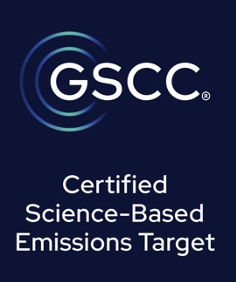Environment and Energy

Oil & Gas Rig Counts Down 578 YOY
Written by Brett Linton
April 1, 2016
According to Baker Hughes data from April 11, 2016, the U.S rig count for the week was 450 rigs exploring for or developing oil or natural gas. This is a decrease of 14 rigs when compared to last week, with oil rigs down 10 to 362 rigs, gas rigs down 4 to 88 rigs, and miscellaneous rigs unchanged at 0 rigs. Compared to this time last year, the 450 count is down 578 rigs, with oil rigs down 440, gas rigs down 134, and miscellaneous rigs down 4.
The Canadian rig count decreased by 6 to 49 rigs this past week, with oil rigs unchanged at 11 rigs and gas rigs down 6 to 38 rigs. Compared to last year the 49 count is a decrease of 51 rigs, with oil rigs down 9 and gas rigs down 42. International rigs decreased by 27 to 1,018 rigs for the month of February, a decrease of 257 rigs from the same month one year ago. For a history of both the US and Canadian rig count, visit the Steel Market Update website here.
About the Rotary Rig Count
A rotary rig is one that rotates the drill pipe from the surface to either drill a new well or sidetracking an existing one. They are drilled to explore for, develop and produce oil or natural gas. The Baker Hughes Rotary Rig count includes only those rigs that are significant consumers of oilfield services and supplies.
The Baker Hughes North American Rotary Rig Count is a weekly census of the number of drilling rigs actively exploring for or developing oil or natural gas in the United States and Canada. Rigs considered active must be on location and drilling. They are considered active from the time they break ground until the time they reach their target depth.
The Baker Hughes International Rotary Rig Count is a monthly census of active drilling rigs exploring for or developing oil or natural gas outside of the United States and Canada. International rigs considered active must be drilling at least 15 days during the month. The Baker Hughes International Rotary Rig Count does not include rigs drilling in Russia or onshore China.

Brett Linton
Read more from Brett LintonLatest in Environment and Energy

Global Steel Climate Council certifies eight SDI, ASA HR products
GSCC certifies eight products from Steel Dynamics and Arkansas Steel Associates.

June energy market update
In this Premium analysis we examine North American oil and natural gas prices, drill rig activity, and crude oil stock levels. Trends in energy prices and rig counts serve as leading indicators for oil country tubular goods (OCTG) and line pipe demand.

EPA deregulation proposals win praise from steel advocates
Two industry groups are applauding two EPA proposals that would support domestic steel production.

Met coal receives critical materials status
The US Department of Energy (DOE) adds metallurgical coal to the nation’s list of Critical Materials, following its designation by US Secretary of Energy, Chris Wright’s announcement on May 22.

May energy market update
An analysis of the North American energy market in May.

